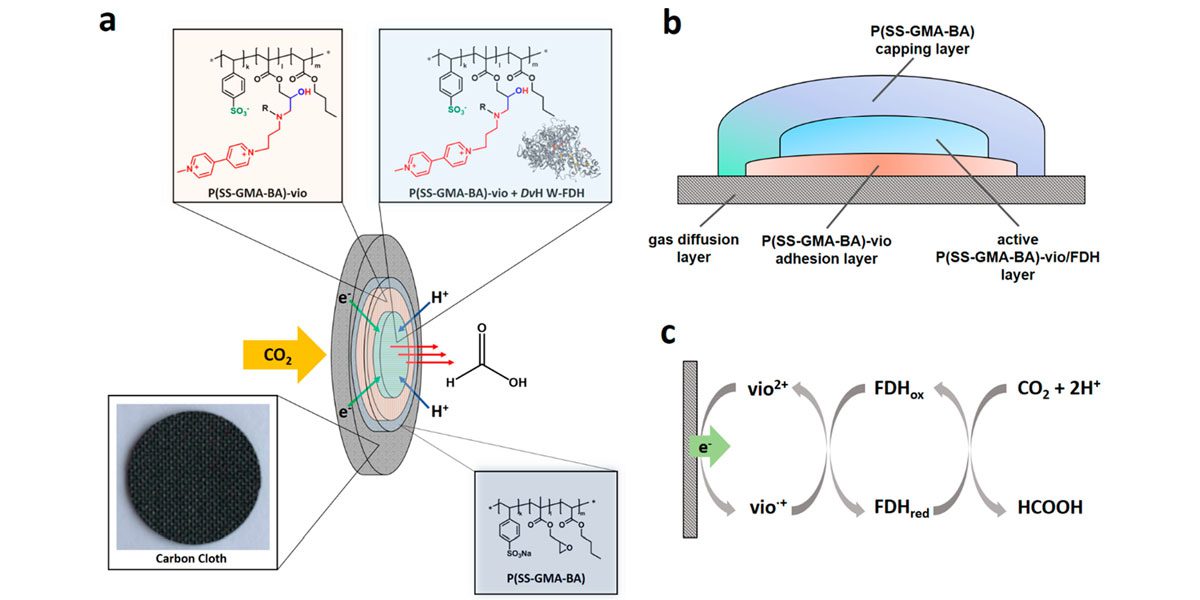Electrocatalysis for reactions of oxygen reduction and evolution and their involvement in the storage of renewable energy
Authors: Martinez-Huerta, MV
Article.
Bol. Grupo Esp. Carbon. vol: . page: 2172-6094.
Date: MAR. 2020.
Doi: .
Abstract:
The electrochemical reactions of oxygen reduction and evolution are fundamental for the development of electrochemical devices for the conversion and storage of renewable energy such as electrolysers, fuel cells and regenerative fuel cells. The hydrogen would be generated from the electrolysis of water when [read more]



